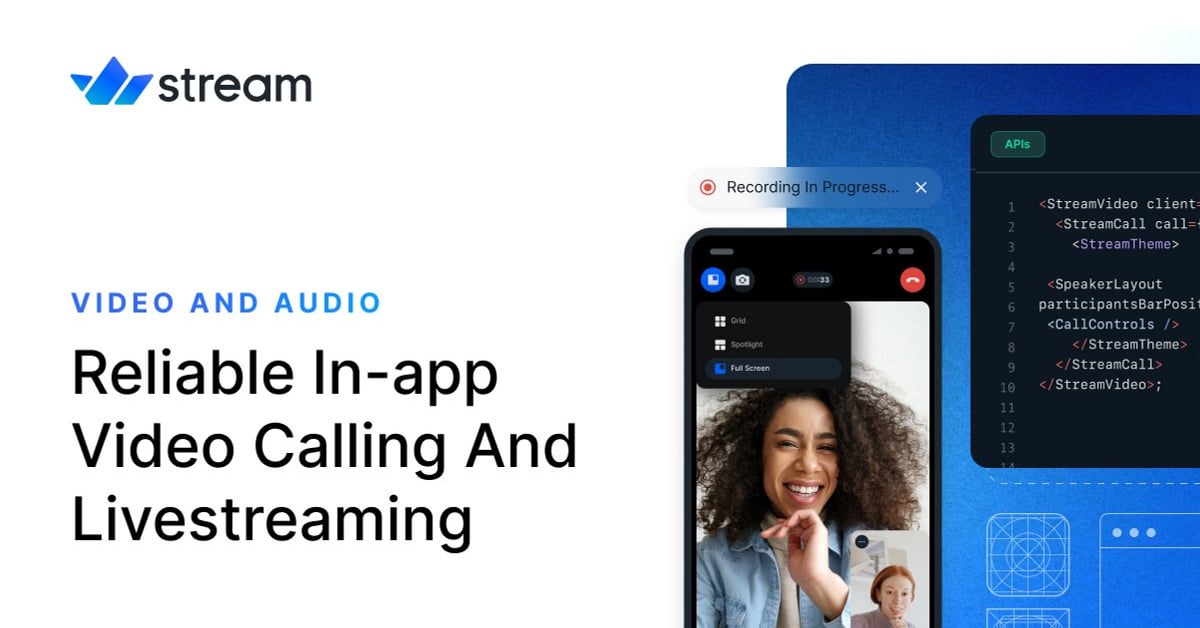This is an automated archive made by the Lemmit Bot.
The original was posted on /r/androiddev by /u/thewritingwallah on 2025-02-07 14:11:26+00:00.
Hey fellow devs 👋
I wanted to share our latest deep dive (Dec 2024) on Jetpack Compose composition patterns.
Here’s a common challenge we tackle—handling UI variations without ending up in **“if-else hell”**:
kotlin // The problematic way - "if-else hell" Composable fun UserProfile(...) { Column(...) { // Strong coupling between components if (isSelf) { ... } if (isPremiumMember) { ... } if (shouldShowEmail) { ... } else { ... } } }
A Better Approach: Compound Component Pattern
Composable fun UserProfile( user: User, content: Composable UserProfileScope.() -> Unit, ) { val scope = remember { DefaultUserProfileScope(user) } Column { // Common UI elements ProfileImage() Name() // Flexible content area with shared state scope.content() } } // Usage - Mix and match components as needed Composable fun SelfProfile(user: User) { UserProfile(user) { Bio() EditButtons() } }
The article dives deep into two patterns we’ve found particularly useful:
- Slot pattern (like Material’s
TopAppBar) - Compound Component pattern (sharing state through scope)
We’ve used these extensively in our Video SDK ( ) for flexible UI customization. But perhaps most interestingly, we found that sometimes a bit of duplication is better than forcing reuse through complex patterns.
Would love to hear your thoughts.
How do you handle component reuse vs. separation in your Compose projects?
🔗 Full article:
[Disclosure: I work at Stream]
You must log in or register to comment.

